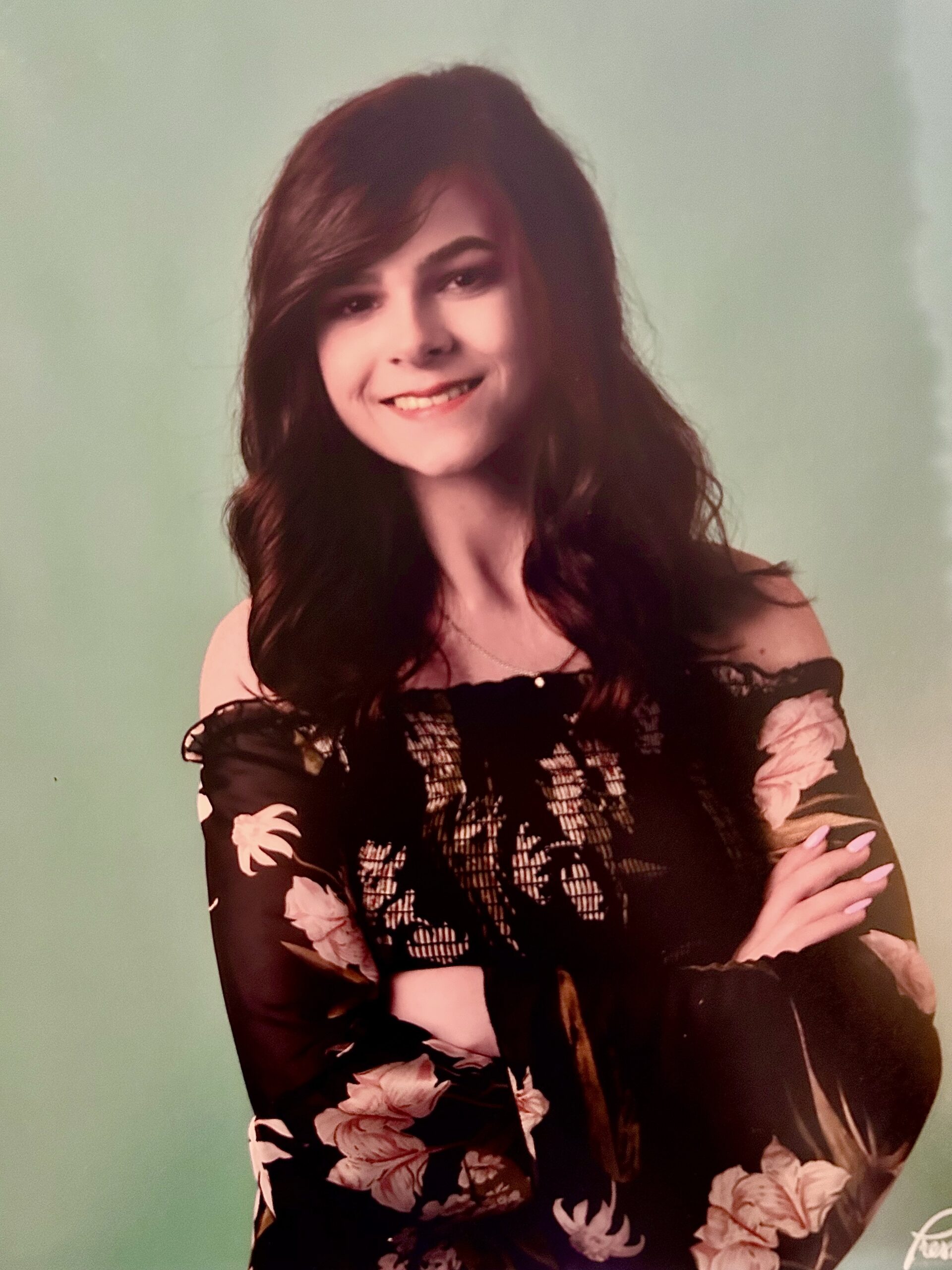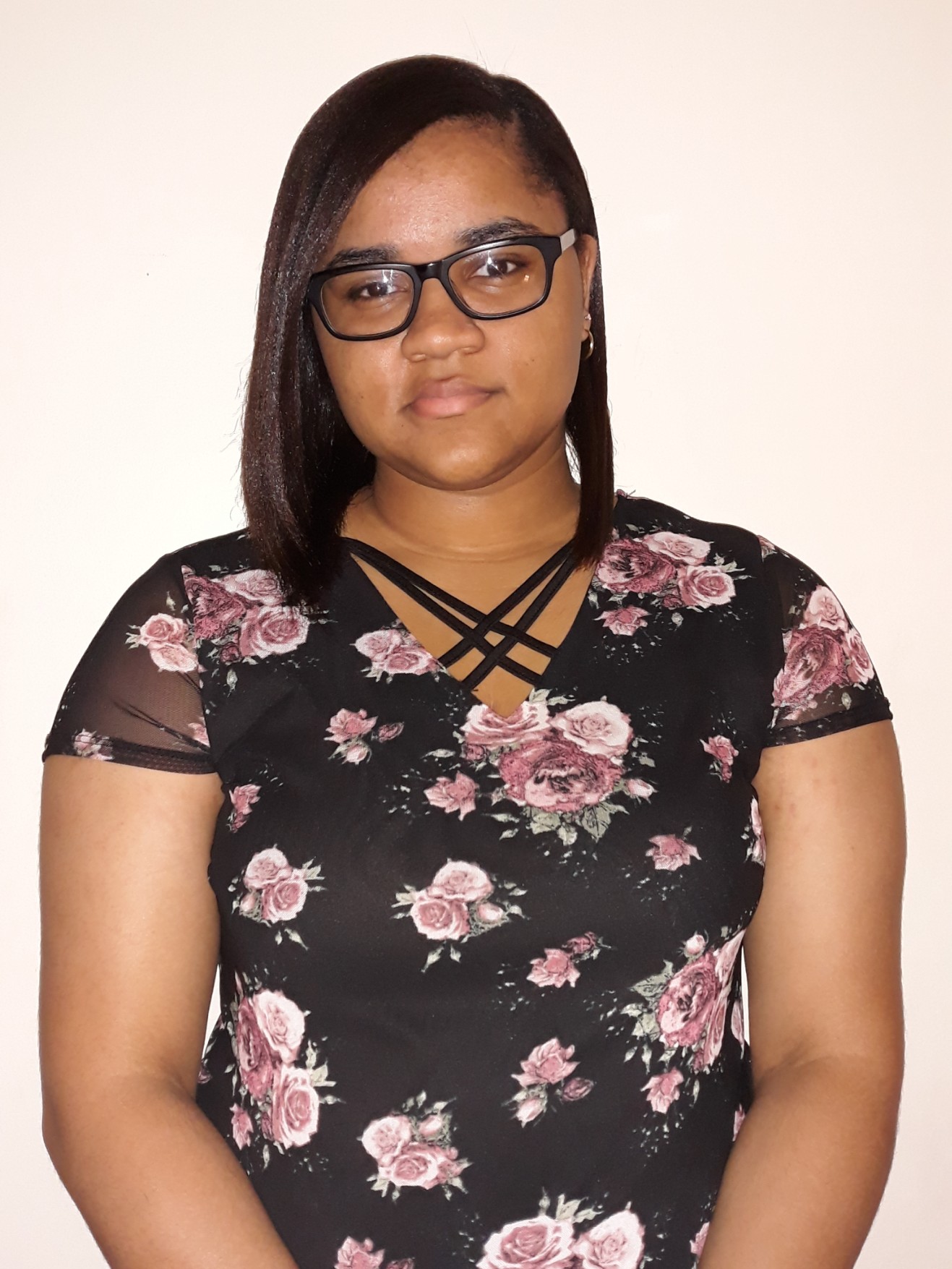
Once the story is over, everything after that is back matter, which can include anything from author biographies to indexes. E-books have unique advantages over print books when using back matter as a marketing tool. Back matter is most effective as a passive marketing tool where publishers and authors fill these pages with promotions and other information for their readers. Passive marketing is a beneficial and desirable form of marketing because, once in place, it requires little to no effort on the author’s part to be effective in selling her books.
Print books have page limits on their back matter because of how the printing process works, and these limits will be especially true for traditionally published books. Physical books are printed in signatures, typically in groups of 16 or 32 pages. If you are traditionally published, how much back matter you can include will be determined by how many pages in the signature are left after the end of your story and if you request to have back matter. A publisher will only sometimes include it on their own, and it needs to fit in whatever pages are left over. Anything longer, and the publisher will want an excellent reason to pay for another signature.
Printing cost is not a problem for e-books, and a digital format does not have page constraints. If you wanted, you could have zero back matter at the end of your e-book, letting the book stop at “the end.” However, if you are self-publishing, you will miss a huge opportunity if you don’t use back matter. A reader who has gotten to the back matter of your book is a reader who has finished your book presumably because they loved your writing and just had to finish the story you were telling them. In book marketing, this position is a good one. Once you’ve drawn a reader in, you just have to keep them wanting more; this is where the use of back matter shines.
As a self-published author, you can leverage your back matter as a marketing tool in many ways. Where you are in your publishing career affects how best to use your back matter, and the most essential step is to figure out where you want the reader to go next. Is this your first book? Send them to your website or the sign-up page for your mailing list. Are you writing a series, or do you already have multiple books published? Send the reader to the next book of yours they should read with links to that book. Make it easy for them to know what you want them to do. That next step should be the first page of your back matter.
If the next step is sending the reader to buy another of your books, remember when including buy links in your back matter that each vendor will need links to return to their own store. For example, back matter on a book purchased from Amazon should never have links to the Google Play or Nook store. You must create separate back matter for each vendor-specific version of your book. This process seems time-consuming, but you can make it easier for yourself if all your back matter is identical, except for the links.
It is essential to keep the back matter of your book updated. Authors should keep all links to a website, mailing list sign-ups, and other books as current as possible to benefit most from this form of marketing. Independent authors should update the back matter of their e-books whenever they change their website URL or switch to another mailing list servicer.
Keeping all this information current is not necessarily possible with a traditionally published or printed book. Traditionally published authors have to seek permission from their publishers to update back matter, and since new back matter in this format includes a new printing cost, it is entirely up to the publisher if they will make the change.
Even if you publish independently, e-books will always be more effective at marketing with back matter than printed books. Back matter in printed books is static. That copy will always remain the same. An author can update her back matter in future printed editions, which means constantly gaining new readers who will see the updates. Marketing to gain new readers is not passive, which negates using back matter as a form of passive marketing. Changes to an e-book’s back matter automatically happen for anyone who owns the book, giving them access to the new information without any extra work on the reader’s part.
Even though print costs for the number of pages do not constrain e-book length, it is wise to keep the back matter of your book shorter. E-readers track a book’s length by estimated page count or percentage left, and your readers will use these numbers to track their progress through a story. If too many pages or too large of a percentage is left after the reader sees “the end,” it can have a negative psychological effect, making them feel cheated out of an entire book.
In book marketing, e-books have a clear advantage over printed books, and self-published authors have a clear advantage over traditionally published authors regarding back matter. This passive marketing tool is an excellent way to keep readers already interested in your books from looking elsewhere for the next thing to read.







